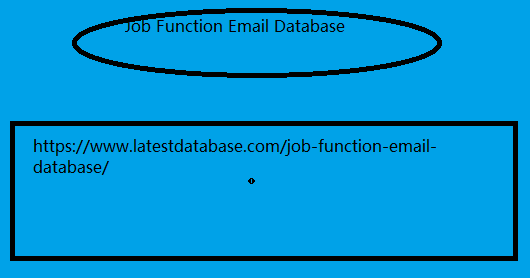Post by account_disabled on Jan 8, 2024 7:32:42 GMT
The KNX system is often used for smart home and home automation as a common bus system in accordance with EN 50090, sensors and actuators easily combine various smart home functions. The big advantage of KNX is its modularity which means that there is no main part like control panels that control the operation of the whole system. The rest of the program will continue to run without interruption. A key module can be replaced using the same or even another device with similar capabilities. Another strength is interoperability, allowing KNX devices from different manufacturers to work seamlessly together within the same system. Today and the smart home practice of the future is equipped with the installation of a KNX system, the concern for smart home surgery protectors must be addressed in the case of lightning strikes and power outages.
KNX Bus Topology The basic unit of the KNX installation is Job Function Email Database the line, and it serves as the backbone for connecting several devices within a home automation system. Each line can support up to 256 devices, a significant increase from the previous limit of 64 devices. The expanded capacity allows for more automated and intricate configurations within a line. Line connectors are used for connecting to the main lines, therefore, a maximum of 255 devices can be installed in each of the secondary lines. However, the lines cannot exceed 15. For very complex home automation, the system can also be expanded by installing backends on 15 backend lines that can be connected (Figure 1). Figure 1 - KNX bus topology Figure 1 - KNX bus topology With one line, we can build a tree topology, with branches at arbitrary points. The number of all line conductors operating in the area must be removed. Couplers provide galvanic isolation between areas and lines, which protects them in the event of overload. All lines, including the back and main lines for each area, have their own power supply.

Therefore, the failure of one power supply unit will not cause the entire network to stop working. Equipotential bonding Lightning protection systems are needed for smart buildings and buildings that are vulnerable to lightning, not only physical damage but sensitive electrical equipment. The concept of lightning protection zones standardizes protection measures against electrical shocks, the KNX system applies the principle. Inductive loops can occur during cable installation when data cables are installed too close to low voltage power lines or metal construction or pipe connected to the main ground busbar platform, these loops can cause unwanted currents in data cables, which can lead to signal interference, data corruption, or device malfunctions. Therefore, it is necessary to install the cables as close to each other as possible. The loops can be protected by equipotential bonding lines. Lightning equipotential bonding is mandated for all cables in LPZ 0A to 1, requiring the use of lightning current arresters. All conducting elements or systems must be connected to an equipotential bonding furnace, and all cables must be buried in the ground (figure 2).
KNX Bus Topology The basic unit of the KNX installation is Job Function Email Database the line, and it serves as the backbone for connecting several devices within a home automation system. Each line can support up to 256 devices, a significant increase from the previous limit of 64 devices. The expanded capacity allows for more automated and intricate configurations within a line. Line connectors are used for connecting to the main lines, therefore, a maximum of 255 devices can be installed in each of the secondary lines. However, the lines cannot exceed 15. For very complex home automation, the system can also be expanded by installing backends on 15 backend lines that can be connected (Figure 1). Figure 1 - KNX bus topology Figure 1 - KNX bus topology With one line, we can build a tree topology, with branches at arbitrary points. The number of all line conductors operating in the area must be removed. Couplers provide galvanic isolation between areas and lines, which protects them in the event of overload. All lines, including the back and main lines for each area, have their own power supply.

Therefore, the failure of one power supply unit will not cause the entire network to stop working. Equipotential bonding Lightning protection systems are needed for smart buildings and buildings that are vulnerable to lightning, not only physical damage but sensitive electrical equipment. The concept of lightning protection zones standardizes protection measures against electrical shocks, the KNX system applies the principle. Inductive loops can occur during cable installation when data cables are installed too close to low voltage power lines or metal construction or pipe connected to the main ground busbar platform, these loops can cause unwanted currents in data cables, which can lead to signal interference, data corruption, or device malfunctions. Therefore, it is necessary to install the cables as close to each other as possible. The loops can be protected by equipotential bonding lines. Lightning equipotential bonding is mandated for all cables in LPZ 0A to 1, requiring the use of lightning current arresters. All conducting elements or systems must be connected to an equipotential bonding furnace, and all cables must be buried in the ground (figure 2).






